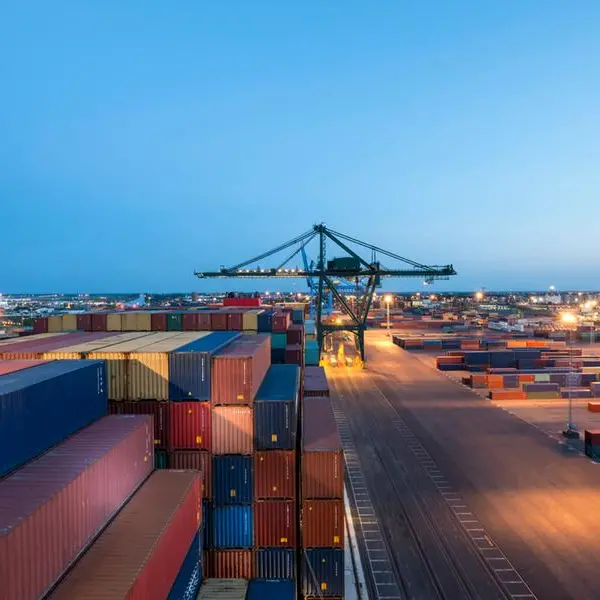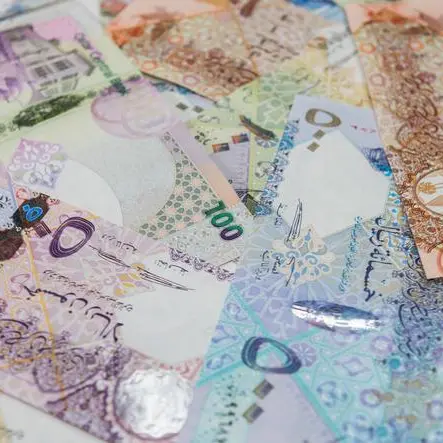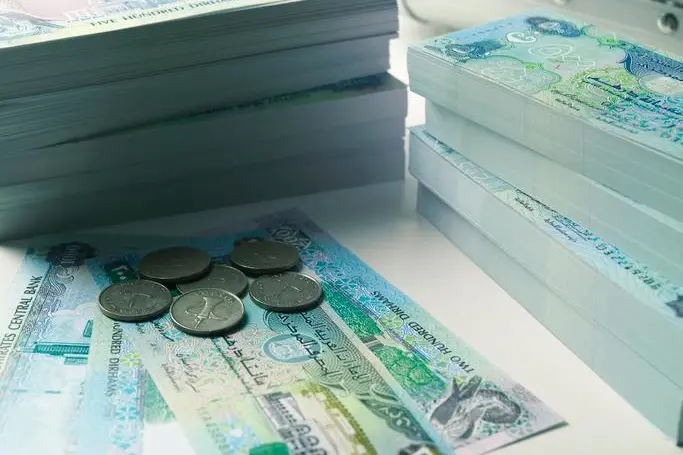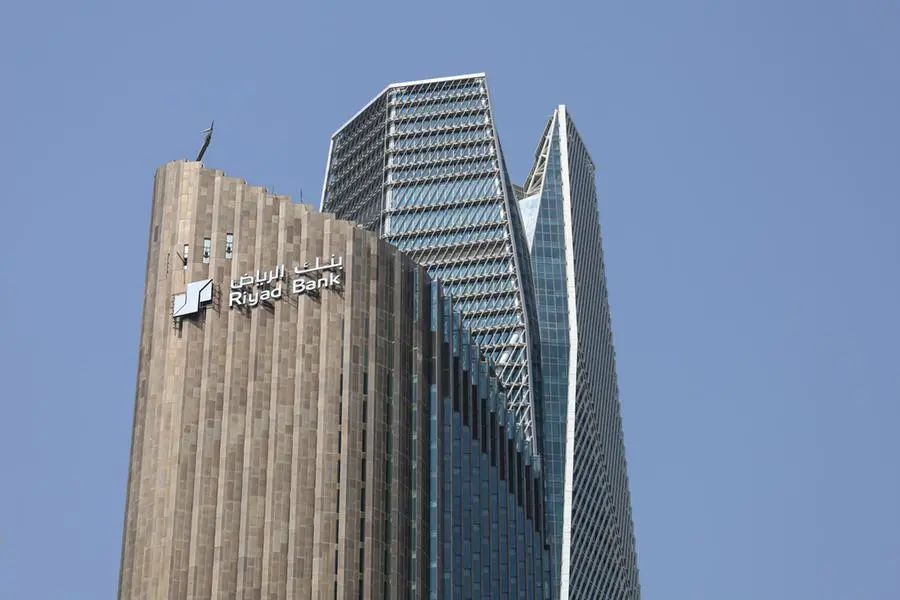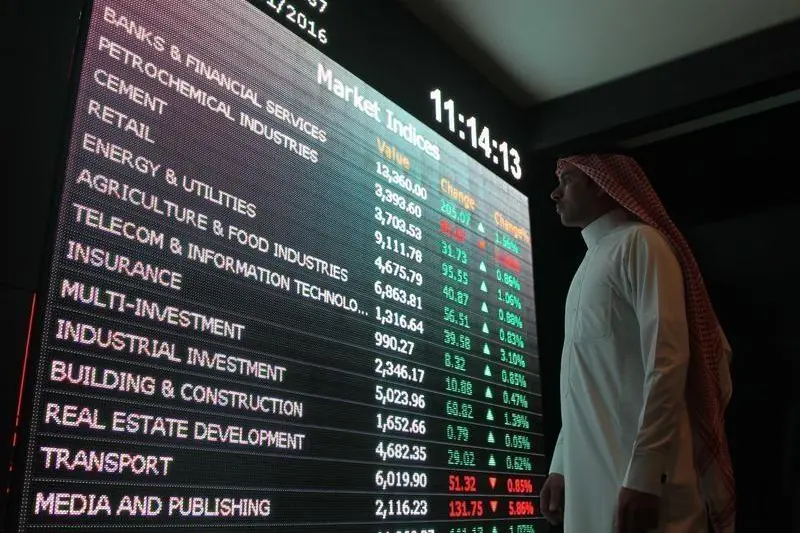PHOTO
Remittances from the UAE are expected to improve this year compared to 2020 as the economy recovers, but the global outlook is not rosy due to lingering effects of the pandemic.
Following a 10-15 per cent drop in 2020, foreign exchange industry executives in the UAE are confident of a recovery in remittances despite some uncertainties surrounding the sector.
Globally, remittances are likely to drop a further seven per cent in 2021 as recessions in host countries have made it difficult for migrants to send money home owing to the pandemic’s lingering effects on the global economy, the Economist Intelligence Unit (EIU) says.
Adeeb Ahamed, managing director of Lulu Financial Holdings, says outlook for UAE remittances is positive for the year.
“We remain bullish in our views for the remittance and foreign exchange business.”
Ahamed said a revival of the economic activity will be a huge boost to the business; Covid-19 management and the return of expat workers to the UAE and better job opportunities will also influence remittance flows.
Antony Jos, managing director of Joyalukkas Exchange and treasurer at the Foreign Exchange and Remittance Group (Ferg), expects growth in remittances this year on the back of a strong rebound in the economy, strong vaccination drive, firmer oil prices, Expo 2020 Dubai and the opening up of the Israel market to UAE businesses.
“We could see steady growth in remittances this month; we see a spike in remittances from the UAE as the Indian rupee and other Asian currencies drop, giving a positive outlook to rebound to pre-pandemic levels,” added Jos.
Imad Ul Malik, general manager at Al Ghurair International Exchange and joint treasurer at Ferg, said remittances from the UAE are expected to grow in 2021.
“The vaccination drive, opening up of the leisure and travel industry [will help]. Additionally, the opening of the leisure and travel industry is also an indication of the increased confidence in getting back to normality. The upcoming Expo 2020... will also reflect directly on the remittance industry in a positive manner,” he added.
Rajiv Raipancholia, CEO of Orient Exchange, said there is uncertainty on the outlook and doesn't expect a return to pre-pandemic levels this year.
“In the last one year, we have seen a dip of 10 to 15 per cent in volumes as there is less disposable income due to job losses, reduced or delayed salaries and other reasons,” he said.
He said if there are more projects launched this year, there will be demand for more migrant workers, which would lead to a bullish outlook for remittances.
7% drop in globally
Globally, it is estimated that remittances will fall from $666.2 billion in 2020 to $619.5 billion this year.
The World Bank estimated that global remittances fell by seven per cent in 2020, surpassing the five per cent decline seen during the global financial crisis in 2009. Global remittances fell from $716.7 billion in 2019 to $666.2 billion in 2020.
India remained the largest recipient of remittances last year with $75.9 billion followed by China with $59.5 billion, Mexico with $40.5 billion, the Philippines with $33.3 billion, Egypt with $24.4 billion, Nigeria with $20.9 billion, Pakistan with $24.1 billion, Bangladesh with $19.8 billion, Vietnam with $15.7 billion and Ukraine with $13.7 billion.
Pakistan, Bangladesh and Mexico bucked the trend as remittances inflow to these countries increased last year while others saw a decline.
The EIU said Pakistan and Bangladesh remittances increased, induced by repatriation of savings by nationals returning home after losing their jobs and an increase in the shift in flows from formal channels as travel restrictions complicated the informal transfer of remittances across border.
The introduction of new remittance tax incentives by authorities — in 2020 by Pakistan and in 2019 by Bangladesh — could have also boosted flows.
Copyright © 2021 Khaleej Times. All Rights Reserved. Provided by SyndiGate Media Inc. (Syndigate.info).



